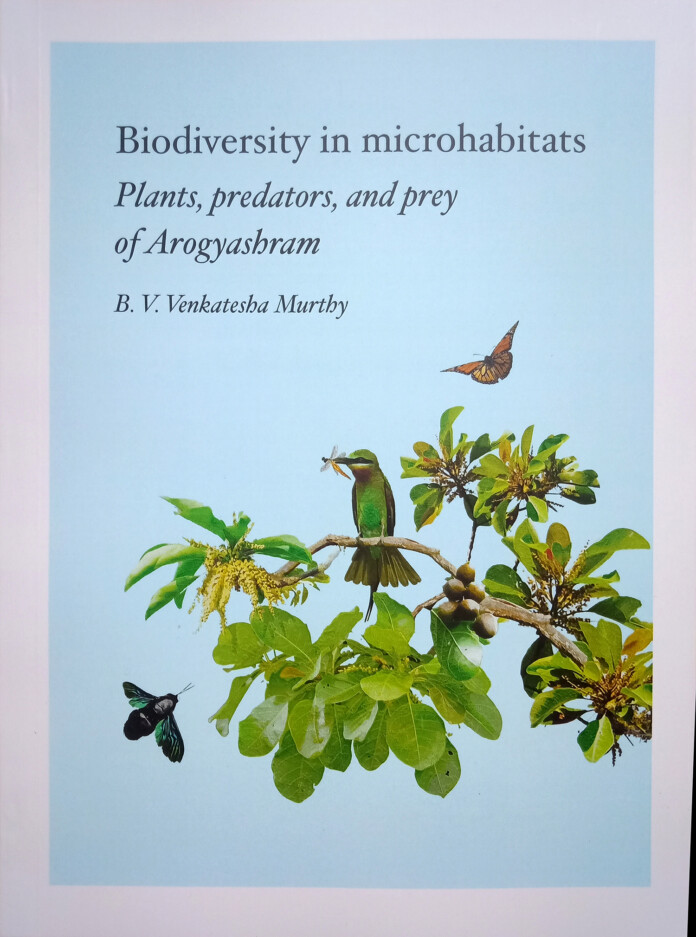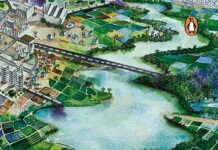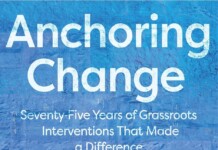Biodiversity, a term used to describe the vast variety of life we see around us. Arogyashram started with the cultivation of linaloe plants for extraction of its oil, over the past six decades several plants were introduced.
However, it was the focused efforts of Sri B.V. Venkatesha Murthy in the last fifteen years that introduced many medicinal plant species used in the preparation of Ayurvedic medicines. This not only satisfied his academic pursuits and interest of botany, but also served as a carbon sink for the town of Nanjangud. Planted over approximately 11 acres, unintendedly, as these species of plants developed and started flowering, they attracted a variety of birds, butterflies, and bees.
As each season passed a good amount of leaf fall enriched the soil and increased the humus layer by layer. The soil and vegetation also became a natural haven for worms and a variety of insects. The natural terrain of the land provided for some wet pockets that created a comfortable environment for frogs to breed, we have heard and seen a few varieties including the Mysore frog. Rodents too quickly started finding their homes in the garden as in soil that was easy to burrow and can keep them safe from their predators the reptiles.
At present we have about 350 species of plants with medicinal value growing in Arogyashram, a wide variety of insects (about 299) have been photographed and we are in the process of identifying and categorizing them into, Bees, Wasps, Crickets, Grasshoppers, Spiders amongst others. Over the past 10 years we have seen an increase in the avian visitors too, avid bird watchers who have visited our premises have noted 60 different species so far.
We are witness to the difference that a small initiative can make to conserving or cultivating biodiversity, just by adding plant species of different habits to the existing Mexican linaloe trees, we created a spectacular environment that displays a magical balance between plant, predator, and prey. It is truly a humbling experience, to understand how tiny insects build a home, protect themselves with all the engineering and common sense that we thought only we humans understand. Genetic memory may be an easy explanation to it, but somewhere in the past, it must have been developed by punish and reward experience mechanisms.
The Sadvaidyasala Private Limited and Sri Dhanvantari Arogyashram Trust together certainly have started to do our bit to conserve biodiversity and our space hopefully can help not only for providing a healthy environment to people to recover but also serve as a good education tool or model to students of Biodiversity, Ayurveda, and just anyone interested in Nature.
We extend a warm welcome to everyone reading this to visit this small yet unique effort in trying to conserve nature amidst a growing township and providing priceless oxygen to the residents of Nanjangud.










